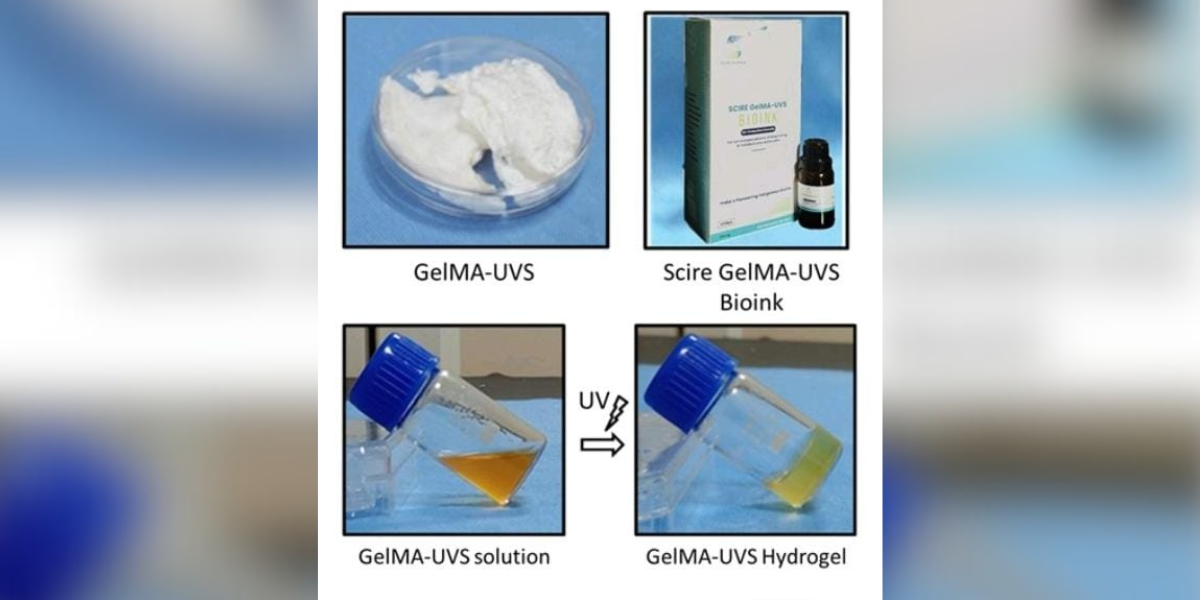The bioink enables drug discovery, chemical testing, and personalised medicine, offering an alternative to animal testing by creating disease models, paving the way for safer, more precise treatments tailored to individual patient needs
Published Nov 20, 2024 | 3:58 PM ⚊ Updated Nov 20, 2024 | 3:58 PM

SCTIMST develops India's first patented indigenous bioink for advanced 3D bioprinting
In a pioneering achievement, the Sree Chitra Tirunal Institute for Medical Sciences and Technology (SCTIMST) has unveiled India’s first patented indigenous bioink designed for advanced three-dimensional (3D) bioprinting technology.
The new bioink, named Scire Chitra GelMA – UVS Bioink, marks a significant breakthrough in regenerative medicine and biomedical research.
Launched on 20 November, this innovative bioink is the result of extensive research by SCTIMST, an institution of national importance under the Department of Science and Technology, Government of India.
Located in Thiruvananthapuram, the institute has long been at the forefront of medical technology advancements in India.
At the heart of this bioink is GelMA (chemically modified gelatin), which has been carefully enhanced with special additives to protect living cells from ultraviolet (UV) damage during the crosslinking process—an essential step in 3D bioprinting.
This formulation ensures that tissues produced maintain their structural integrity and functionality while preserving the viability of embedded cells.
Key features of Scire Chitra GelMA – UVS Bioink include:
The researchers have successfully tested the bioink to create 3D-printed tissues with complex functionalities, such as liver tissue, demonstrating its potential in creating intricate, functional biological structures.
The bioink opens up vast possibilities for drug discovery, chemical testing, and personalised medicine. It provides a viable alternative to animal testing by enabling the creation of disease model systems, paving the way for safer and more precise treatments tailored to individual patients’ needs.
Moreover, the long-term potential of Scire Chitra GelMA – UVS Bioink extends to regenerative therapies. The bioink can be used to create artificial organ structures using cells derived from a patient’s own tissues, offering a promising solution for organ replacement or restoration of damaged organs.
This groundbreaking innovation holds the promise to revolutionise treatments for organ failure and greatly improve the quality of life for patients awaiting transplants.
The Scire Chitra GelMA – UVS Bioink is protected under patent A Hydrogel System for 3D Printing (Patent No. 458341), granted on 11 October, 2021. The bioink is presented as dry flakes that dissolve quickly in water, making it user-friendly for researchers and manufacturers.
SCTIMST’s development is a monumental step forward in the field of bioprinting, and the institution is poised to lead the way in the next generation of medical technologies.
(Edited by Ananya Rao)
